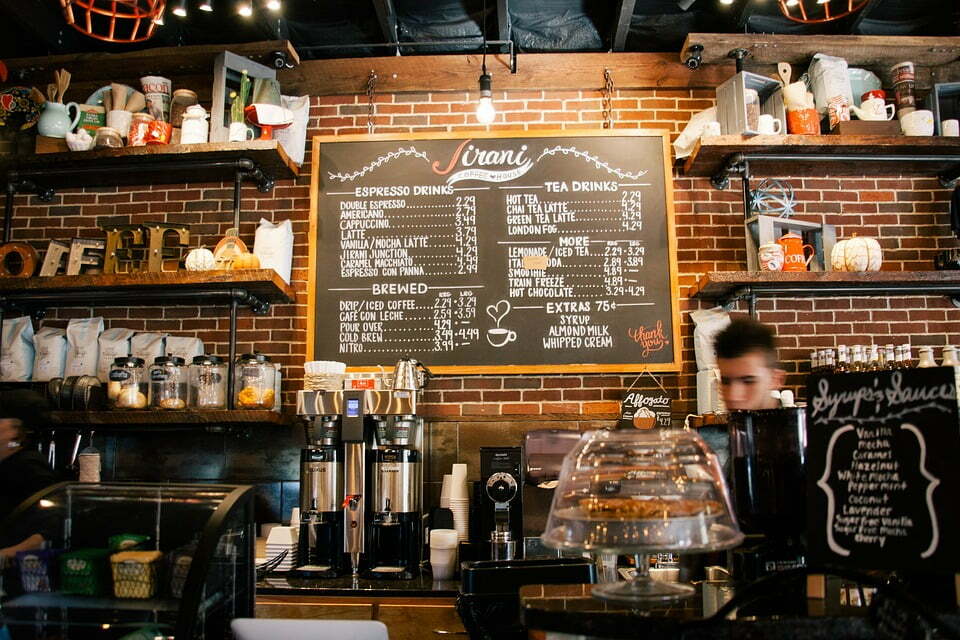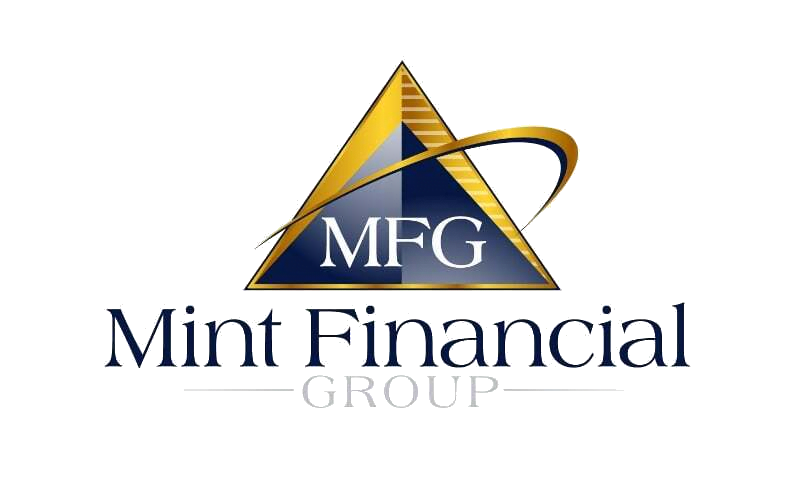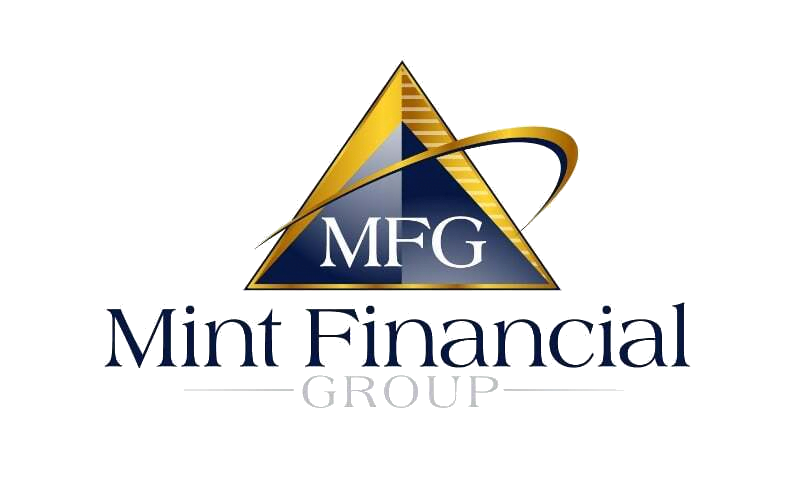
If you are planning to open a new restaurant or expand your existing business, then you’ll need a restaurant business loan. Well, unless you have a truckload of cash stuffed in a vault somewhere. Restaurant loans give business owners an opportunity and means to scale operations and expand their establishment without disrupting cash flow. Unfortunately, finding the best business loan for your restaurant is easier said than done. There are numerous funding options and ways to procure restaurant loans, each with its advantages and drawbacks. So, where do you start? Which amounts, terms, and rates fit your business model? Read on as we dissect the different ways to procure restaurant loans.
1. SBA Loan
Business loans backed by the U.S. Small Business Administration (SBA) are easily the most sought-after source of restaurant financing. With the long repayment terms, relatively huge amount offered, and prime rates, SBA loans are quite attractive. A restaurant can secure the business loan from an SBA-approved lender to finance different business purposes, including real estate, equipment, inventory, and even working capital needs.
As attractive as the SBA loan program sounds, it has its fair share of drawbacks. SBA loans are known for their notoriously lengthy approval time and detailed paperwork. And if you are lucky enough to endure the cumbersome process, you may require collateral and a decent credit score to secure the business loan. However, with the help of reliable funding partners such as Mint Financial Group, you can learn how to navigate these murky waters.
2. Bank Loans
Bank loans and SBA loans are actually quite similar in their offering – aside from an 85% guarantee from the U.S. Small Business Administration. The main advantage of seeking restaurant funding from traditional banking institutions is that they offer relatively low-interest rates. And did you know that business loans from banks can also add some points to your credit score?
On the other hand, bank loans are subject to tight restrictions and a slow approval process, which can drag on for months. So if you need urgent funding for your restaurant, bank loans might not be your best option. Instead, consider other financing options such as an alternative lender.
3. Non-Bank Term Loans from Alternative Lender
Are you looking for a business loan that is tailored to the needs of your restaurant? Then you should strongly consider applying for a loan from a recognized alternative lender (non-bank funding) such as Mint Financial Group. Non-bank term loans are faster to secure, and they often offer different funding plans depending on your financing requirements.
How about the approval process? The financing criteria of alternative lenders are usually more lenient than SBA and bank loans. Depending on the lender you hire, you will encounter minimal bottlenecks as long as you have a decent annual revenue and credit score.
4. Merchant Cash Advance
As the term suggests, a merchant cash advance involves securing the future credit card receivable of your restaurant. The repayment amount is usually based on a percentage deducted from your credit card sales – the higher the sales, the higher the amount repaid, and vice versa. Although it’s an arguably convenient source of business funding, merchant cash advances are pricey, and your establishment must accept credit card payments.
Does the merchant cash advance meet your restaurant financing needs? How about the term loan? If none of these funding options tickles your fancy, then it might be time to apply for Mint Financial Groups hybrid loan. This restaurant loan offers the best of both worlds regarding lower interest rates and eligibility.
5. Equipment Financing
Do you need to upgrade your oven or replace a broken freezer? Mint Financial Group understands that restaurant equipment is core to the operation and scalability of the business.
There are two options when it comes to equipment financing; leasing and purchasing. The latter involves making a commitment to own a piece of restaurant equipment and making monthly repayments to your lender after securing the item. Alternatively, you can explore the equipment leasing option, whereby you temporarily own the equipment for a specified period as per your leasing agreement. Equipment financing can also boost your credit score as long as you make your payments on time, and honor the lending agreement.
6. Business Line of Credit
If you need a restaurant loan to fund your working capital or cash flow needs, we recommend a business line of credit. Why? It is one of the most convenient business loans in terms of speed, accessibility, and dynamism.
When you secure a business line of credit, you do not receive all the funds borrowed at once. Instead, you enter into an agreement with your online lender or bank regarding the repayment period and borrowing limit. This restaurant funding option allows you to take what you need at the moment, and consequently pay only for the amount borrowed – no more, no less. A business line of credit is ideal for emergencies, bulk purchases, and taking advantage of business opportunities when they arise.
Final Remarks
Establishing or running a restaurant comes with a lot of expenses. You need a reliable financing partner such as Mint Financial Group to help you juggle small challenges such as overheads or seasonal fluctuation, and large challenges like relocation or purchasing equipment. This is why we have compiled this list of some of the common financing options and ways to procure restaurant loans to fund your restaurant ambitions – courtesy of Mint Financial Group. So which restaurant loan works best for your restaurant? Does the source of financing support your growth ambitions? – Food for thought.




